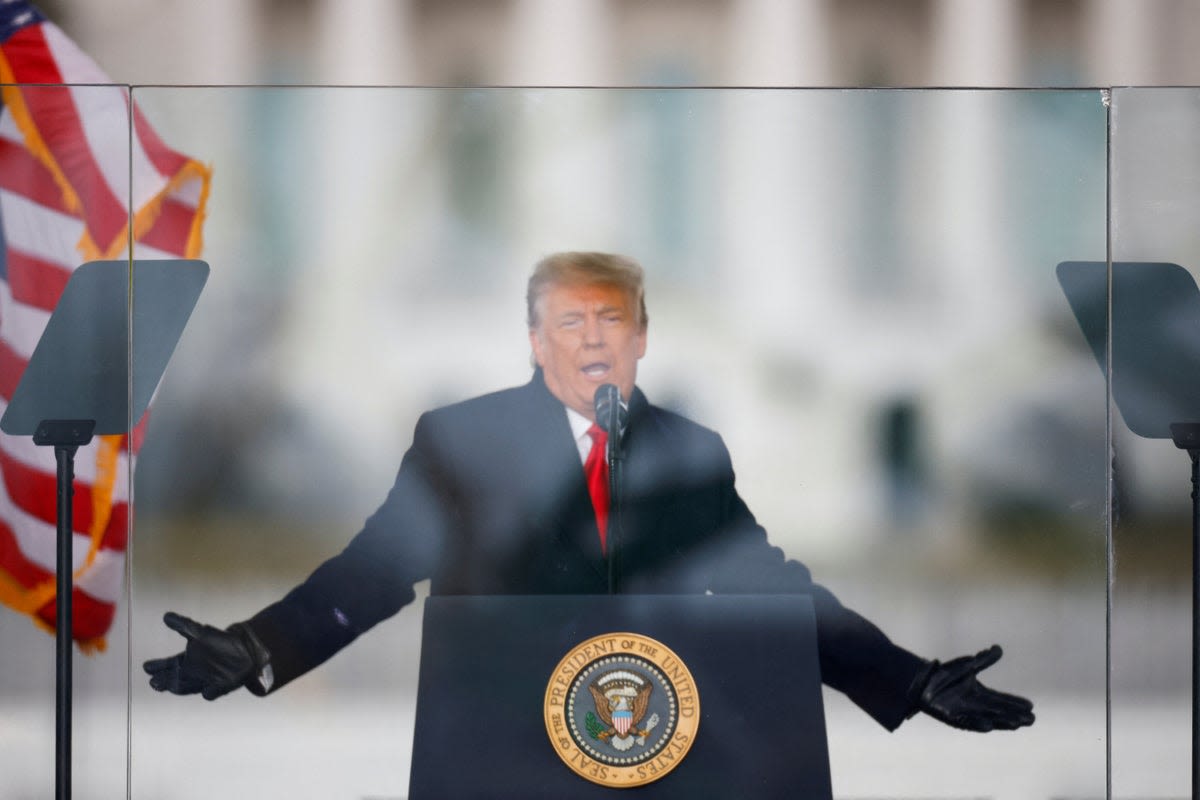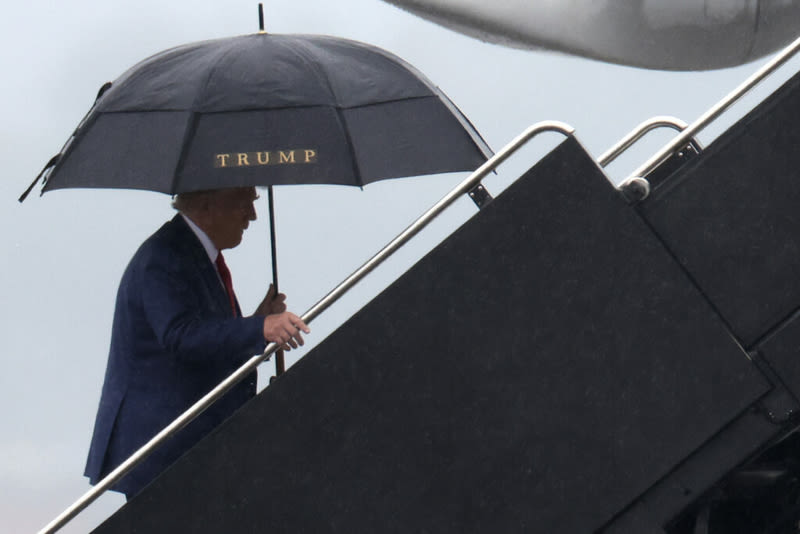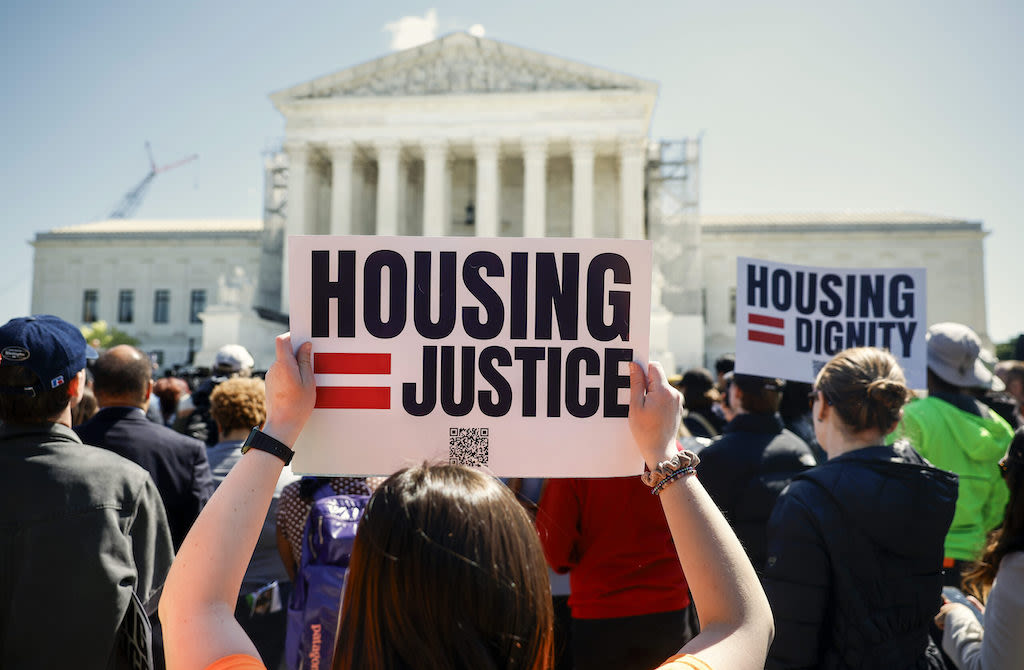Search results
Current Members. John G. Roberts, Jr., Chief Justice of the United States, was born in Buffalo, New York, January 27, 1955. He married Jane Sullivan in 1996 and they have two children - Josephine and Jack. He received an A.B. from Harvard College in 1976 and a J.D. from Harvard Law School in 1979.
- Justices
Nine Justices make up the current Supreme Court: one Chief...
- Circuit Assignments
It is ordered that the following allotment be made of The...
- Frequently Asked Questions
SUPREME COURT OF THE UNITED STATES 1 First Street, NE...
- Supreme Court at Work
The Term of the Court begins, by law, on the first Monday in...
- About The Court
The Court is the highest tribunal in the Nation for all...
- History and Traditions
Established by the United States Constitution, the Supreme...
- The Court Building
The Supreme Court Building, located at One First Street, NE,...
- Justices 1789 to Present
The date a Member of the Court took his/her Judicial oath...
- Justices
- The President's Selections
- Perceived Motivations
- Rejecting The Traditional Criteria
- The Scalia Complication
- Sources
Filling vacancies on the Supreme Court of the United States (often abbreviated as SCOTUS) is one of the more significant actions a president can take. The U.S. president's successful nominees will sit on the U.S. Supreme Court for years and sometimes decades after the president's retirement from political office. Compared to the process of appointi...
Several legal scholars and political scientists have studied the selection process in depth, and find that each president chooses a nominee based on a set of criteria. In 1980, William E. Hulbary and Thomas G. Walker looked at the motivations behind presidential nominees to the Supreme Courtbetween 1879 and 1967. They found that the most common cri...
Interestingly, the best performing justices—based on Blaustein and Mersky, the seminal 1972 ranking of Supreme Court justices—were those that were chosen by a president who did not share the nominee's philosophical persuasion. For example, James Madison appointed Joseph Story and Herbert Hoover selected Benjamin Cardozo. Rejecting other traditional...
The death of long-time Associate Justice Antonin Scalia in February 2016 set off a chain of events that would leave the Supreme Court facing the complicated situation of tied votesfor over a year. In March 2016, the month after Scalia’s death, President Barack Obamanominated D.C. Circuit Judge Merrick Garland to replace him. The Republican-controll...
Blaustein A.P., and R.M. Mersky. "Rating Supreme Court Justices." American Bar Association Journal,vol. 58, no. 11, 1972, pp. 1183-1189.Hulbary W.E., and T.G. Walker. "The Supreme Court Selection Process: Presidential Motivations and Judicial Performance." The Western Political Quarterly,vol. 33, no. 2, 1980, 185-196.Kahn M.A. "The Appointment of a Supreme Court Justice: A Political Process from Beginning to End." Presidential Studies Quarterly,vol. 25, no. 1, 1995, pp. 25-41.Segal J.A., and A.D. Cover. "Ideological Values and the Votes of U.S. Supreme Court Justices." American Political Science Review,vol. 83, no. 2, 2014, pp. 557-565.People also ask
Who appoints a Supreme Court justice?
Who is a member of the Supreme Court?
How many Supreme Court justices are there?
How many Supreme Court members does a president have?
Jan 3, 2021 · The President Appoints, the Senate Confirms Supreme Court Justices. The chambers of the U.S. Supreme Court. CHBD / Getty Images. By. Robert Longley. Updated on January 03, 2021. The power to appoint Supreme Court justices belongs exclusively to the President of the United States, according to U.S. Constitution.
- Robert Longley
The court consists of nine justices: the chief justice of the United States and eight associate justices, and the justices meet at the Supreme Court Building in Washington, D.C. Justices have lifetime tenure, meaning they remain on the court until they die, retire, resign, or are impeached and removed from office. [3] .
News about Supreme Court, Donald Trump, presidential immunity
News about Supreme Court, Idaho, federal law
News about Wisconsin Supreme Court, Philip G. Minardo, legal career
The Supreme Court of the United States is the highest-ranking judicial body in the United States. Its membership, as set by the Judiciary Act of 1869 , consists of the chief justice of the United States and eight associate justices , any six of whom constitute a quorum .




